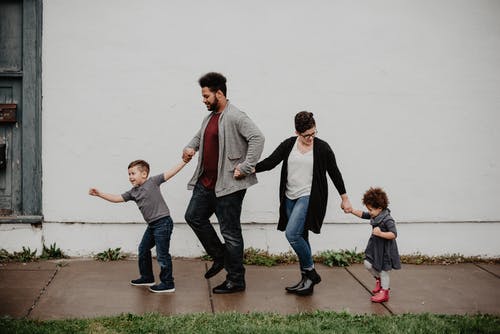Report highlights U.S. counties with highest rates of CPS involvement.
New research shows that many children have had contact with Child Protective Services (CPS) across the U.S. Findings published the July 19 edition of the Proceedings of the National Academies of Science, reveal the median rate at which children have contact with CPS “across the 20 most populous US counties is 41.3%.” Most contact occurs among minority populations and action is taken disproportionately against minority families.
Rates are highest for African American children, “ranging from 43.2% to 72.0%.” Black children also experienced high rates of later-life contact with the agency including during their teen years, with rates above 20% for mistreatment, “10% for foster care placement, and 2% for termination of parental rights (TPR),” according to the report. Later stage CPS involvement was also prevalent among “American Indian/Alaska Native children in Middlesex, MA; Hispanic children in Bexar, TX; and all children except Asian/Pacific Islander children in Maricopa, AZ.”

Senior author Christopher Wildeman, PhD, a professor of sociology at Duke University, Durham, North Carolina, and the director of the National Data Archive on Child Abuse and Neglect, and his co-authors, Kieran Healy, a Duke sociologist, and Frank Edwards and Sara Wakefield from the School of Criminal Justice at Rutgers University – Newark, used national databases to determine the cumulative prevalence of CPS contact, most of which was found to have occurred in California, Texas, and Florida. The team found “extremely high” rates in most of the counties in these states and “large” racial disparities in several of the counties.
CPS contact is “ubiquitous, especially for children from families that don’t have a lot of socioeconomic resources,” Wildeman said. “Clinicians should be aware that high levels of CPS contact, especially to the degree that leads to foster care or termination of parental rights, may also end up being clinically relevant.”
“The findings are quite staggering and show an effect of place in addition to other factors on CPS contacts and outcomes,” explained Kelley Fong, PhD, assistant professor of sociology at the Georgia Institute of Technology, Atlanta, Georgia, who was not involved in the study. “I hope that [the results] encourage more attention to this issue.”
The researchers highlight Maricopa County, Arizona, as having “uniquely high rates” of agency interventions, at almost “3% for termination of parental rights and almost 10% for placement in foster care.” On the other hand, the median rates for all counties combined were “0.7% for termination of parental rights and 3.5% for placement in foster care.” New York has very low rate of intervention and termination of parental rights.
“I think the core takeaway there is that New York is the prime example of taking maltreatment seriously and intervening as a system,” Wildeman said. “But also taking seriously the idea that permanent termination of parental rights totally closes off any chance for family reunification, so only doing it in the most extreme circumstances.”
Sources:
Contact With Child Protective Services Common Among US Kids
Child Protective Services Do Work, But They Are Unevenly Distributed


Join the conversation!